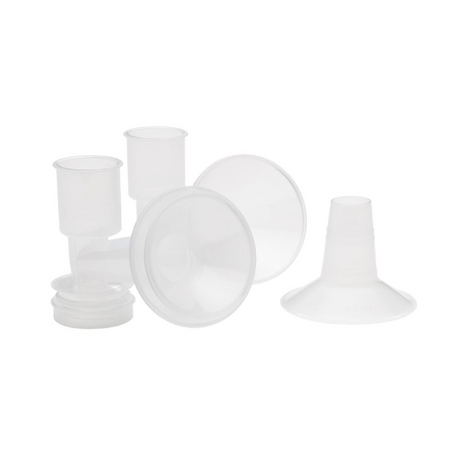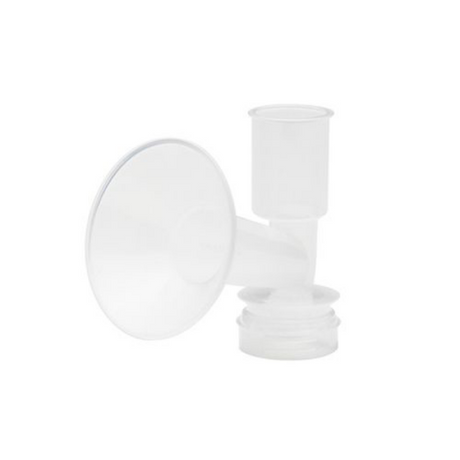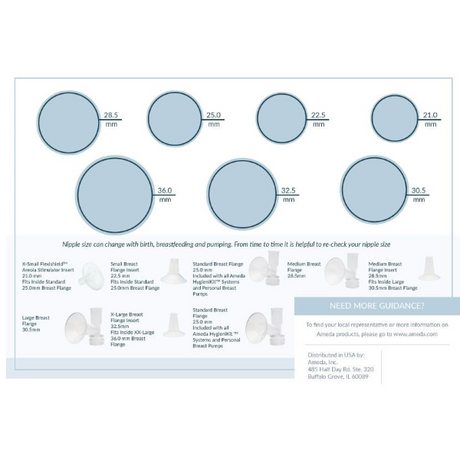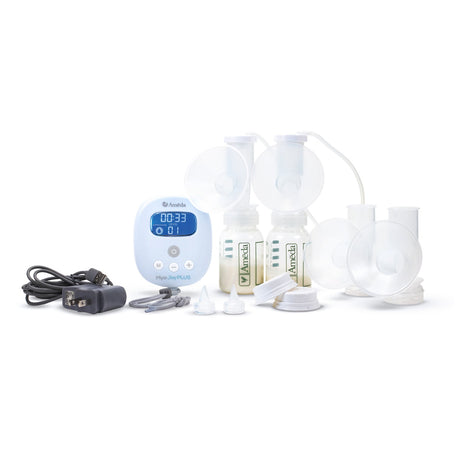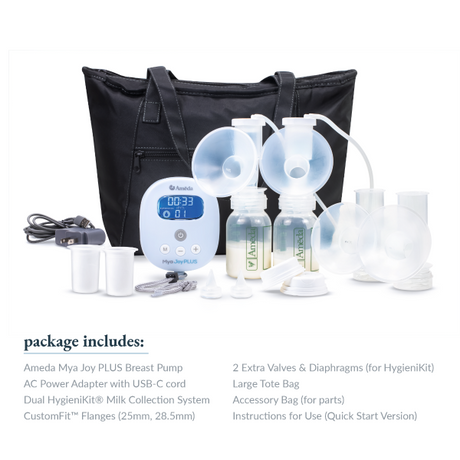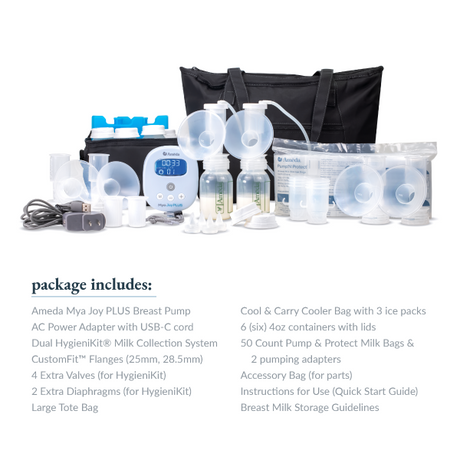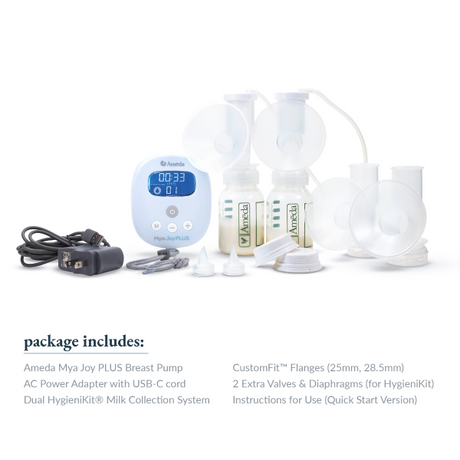Published:
It’s estimated that 5% of all women in the United States have undergone breast augmentation procedures involving implants. If you care to think of that in terms of volume, you’re looking at enough implants to fill an entire Olympic sized swimming pool.
No wonder it’s the top cosmetic surgery procedure in this country. Breast augmentation is one of the best ways to enhance appearance and self-esteem. But there are other things to consider as well. How do implants affect a woman’s ability to breastfeed? Is it safe to nurse when you them? Can you use a breast pump to supplement if needed?
Silicone Versus Saline
To answer these questions, we must first examine the different types of implants and how they affect nursing. The primary concern about breastfeeding with implants is the potential for them to burst and leak into breast milk. If saline implants leak into the milk supply it’s no great cause for alarm, the leakage won’t hurt the baby or the mother.
Silicone implants, on the other hand, are notably more dangerous because they’re made of plastic. However, even cow’s milk has a certain degree of silicone in it. Nevertheless, the chances of implants tainting breast milk are slim.

During a breast augmentation procedure surgeons can place the implants either behind the chest wall or in front of it. Some women still in their childbearing years may want to breastfeed at some point in the future, but this can’t be ensured if the implants are placed behind the chest wall. However, the risk of complications occurring is greatly reduced by approaching the surgery this way.
While there are pros and cons to both types of implants, many women prefer the silicone variety because they look and feel more realistic. Saline implants tend to have a rippled effect, making them more easily identified as artificial.
The Risk of Surgical Nerve Damage
There are three surgical methods to place breast implants. The first method is through inframammary incision. Those who choose this approach, where the implant is inserted in the fold under the breast, have a greater chance of emerging with little to no nerve damage. It’s the preferred method for most people as the scar is barely noticeable after it heals. With this technique, the implants can still go above or below the muscle.
The transaxillary incision method, on the other hand, places the implants through the armpit area. A small-pocketed zone is created and the implant is inserted into this pocket. Again, the surgeon can place the implant either in front or behind the chest wall.
Lastly is the periareolar incision. If you want to breastfeed and this method was used, the chances of incidence occurring are more significant. The milk ducts and glands are often cut, and they cannot be repaired. This doesn’t mean a mother can’t breastfeed, only that the chances of damaging these vital components are more significant.
While a loss of sensation does not prevent a mother from nursing, it can indicate other parts of the breast were clipped or altered during surgery. You’ll know if this happened or not if your milk comes in as you get close to your due date.

Using A Breast Pump
Mothers with and without implants face the problem of producing enough milk to fully nourish their baby. The average infant goes through six to eight diapers every day. If your child needs fewer than that, then you may not be producing enough milk. In these situations some mothers opt to use a breast pump.
A breast pump, like the Ameda, is great for making sure you always have plenty of milk on hand, that you are always able to produce the volume your child needs. But the question is: how safe is it to use a breast pump after you’ve had implants?
There’s no evidence to suggest that pumping will rupture an implant or cause any other damage. But you need to be careful when placing the flange, especially if the periareolar incision method was used. Scar tissue can build up around the inside of the areola and the flange may irritate that tissue.
Those who have decreased sensitization as a result of this procedure may discover they can’t feel the flange and have to adjust visually instead of through touch alone. But regardless of whether the implants are silicone or saline, there is no worry that the pumping will damage them. The materials they’re made are far too strong for a breast pump to break.
The general consensus is that most women who’ve undergone breast augmentation can still nurse their children without issue. Nevertheless, there are always exceptions. Every woman’s body is unique. Some may have naturally low milk production rates while others may have damage that prevents them from breastfeeding.
People are sometimes quick to blame surgical procedures, but the truth is that some people have milk production issues with or without the implants. Using a breast pump like the Ameda can help ensure you produce the volume of milk you need and provide your baby with the proper amount of nutrition. Plus, a pump will also help identify any problems you may have with your natural milk production and let you know if you’ll need to supplement with formula.
DISCLAIMER: Ameda strives to present you with accurate and useful breastfeeding information. This article may contain information and ideas that are not necessarily the views of Ameda. It does not constitute medical advice. If you have any questions please contact your healthcare professional.


